

There is more to Chinese artist Ai Weiwei’s installation than meets the eye. Bend and pick up one of the “pebbles” and you can see that it resembles a sunflower seed encased in its striped husk. In fact, each one – and there are 100 million of them, covering an area of 1,000 square metres – is handmade from porcelain and has been individually handpainted.
Ai had the “seeds” made in the southern Chinese city of Jingdezhen.
Harnessing traditional craft skills, each seed was moulded, fired, and painted with three or four individual brush strokes, often by women taking the objects home to work on them. One thousand six hundred people were involved in the process.
Sunflower seeds, he said, had a particular significance in recent Chinese culture and history. During the cultural revolution, Mao Zedong was often likened to the sun and the people to sunflowers, gazing adoringly at his face. But sunflowers were also a humble but valued source of food in straitened times, a snack to be consumed with friends.
One Hundred Million Seeds of Porcelain Contemplation, Being Blog
People power comes to the Turbine Hall, The Guardian
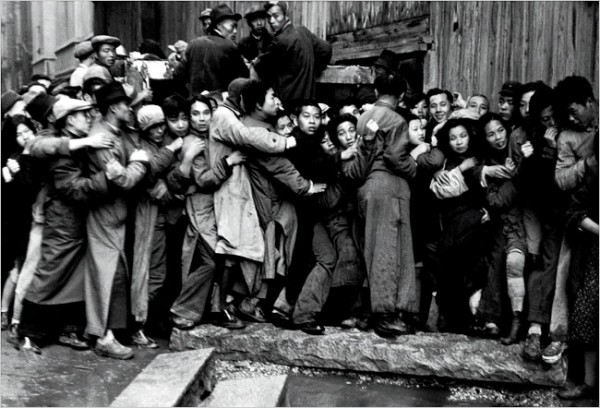
A Cartier-Bresson picture taken in Shanghai, 1948, shows people storming a bank for gold in the days before the Communist forces arrived.

A 1972 photo of a Georgian family picnicking near a medieval monastery
A Photographer Whose Beat Was the World, New York Times
Henri Cartier-Bresson: The Modern Century
MoMA
April 11—June 28, 2010
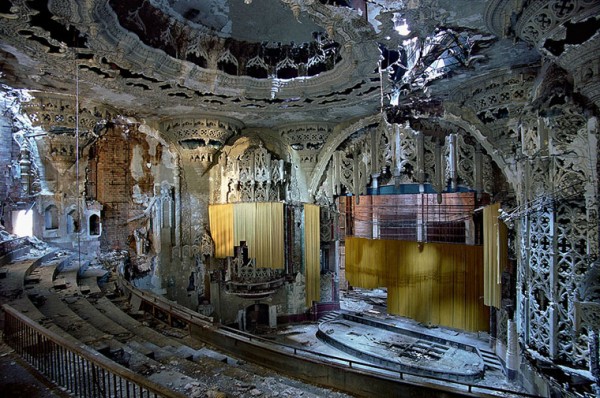
United Artists Theater
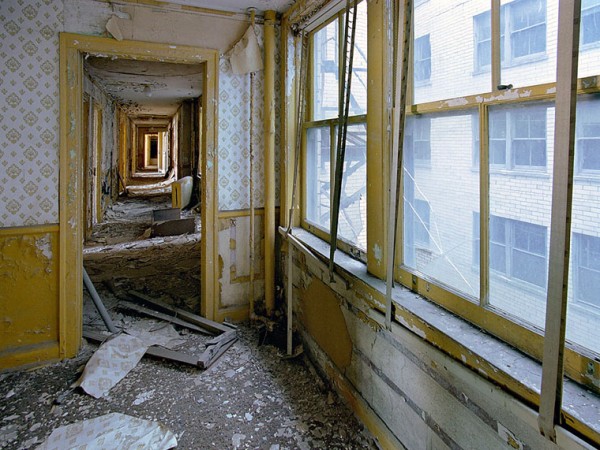
Fort Shelby Hotel
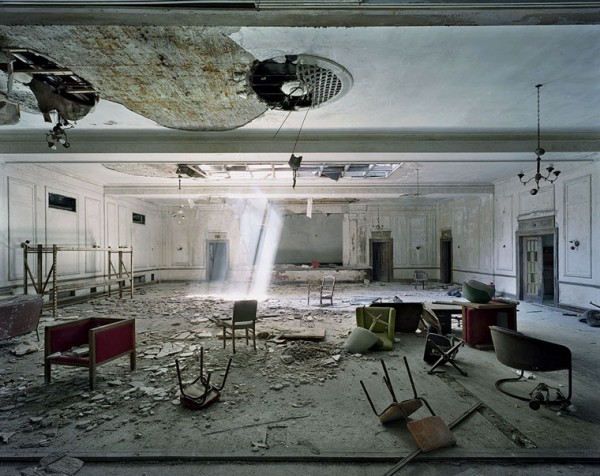
Ballroom, Fort Wayne Hotel

Ballroom, Lee Plaza Hotel
Yves Marchand & Romain Meffre Photography
Wednesday, October 28, 2009
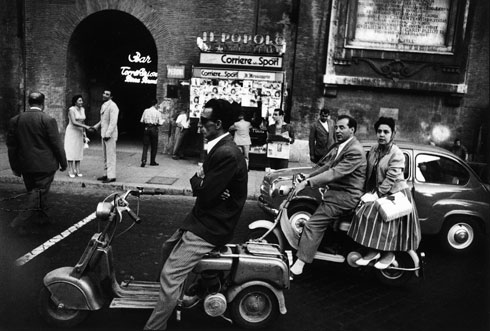
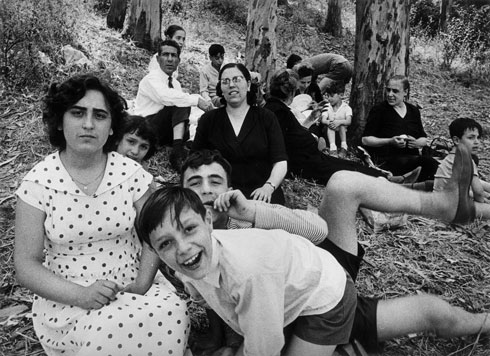
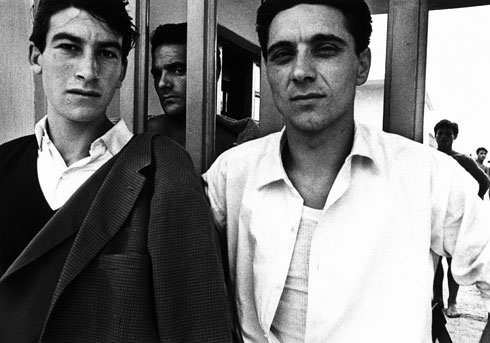

In 1956, the photographer William Klein arrived in Rome to assist Federico Fellini on his film Nights of Cabiria (1957). When the start of filming was delayed, Klein spent his time strolling about the city with Fellini, Pier Paolo Pasolini, Alberto Moravia, and other avant-garde Italian writers and artists serving as his guides. It was from these walks that Klein’s 1959 book of photography Rome was born.
Tuesday, October 27, 2009
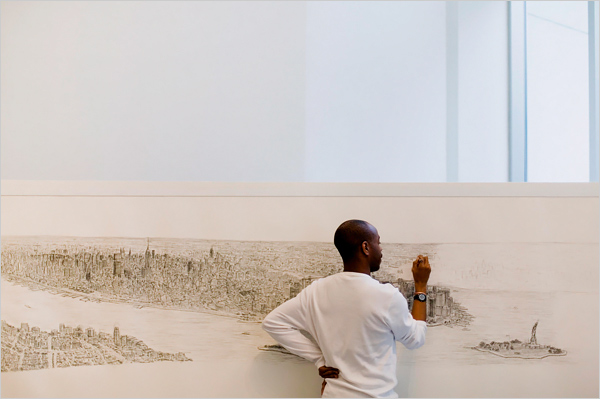
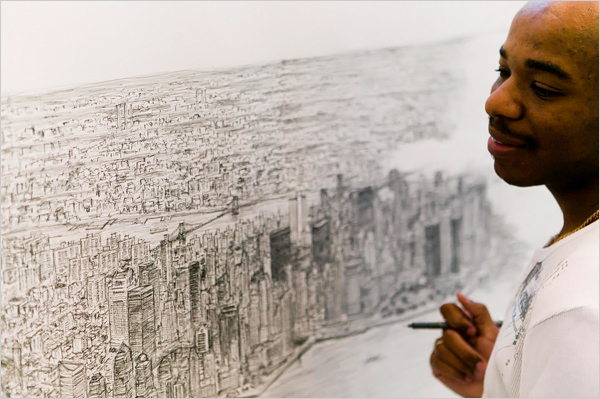
Stephen Wiltshire of London is drawing a panorama of New York City from memory. Wiltshire, who has autism, took a 20-minute ride over the city in a helicopter last Friday. Wiltshire has drawn panoramas of eight cities: Tokyo, Rome, Hong Kong, Frankfurt, Madrid, Dubai, Jerusalem, and London. The New York panorama will be his ninth and last.
The public will be able to visit Wiltshire while he works on his New York panorama from 10am to 5pm, Monday, October 26 to Friday, October 30 at the Pratt Institute’s Juliana Curran Terian Design Center.
Like a Skyline Is Etched in His Head, New York Times
stephenwiltshire.co.uk
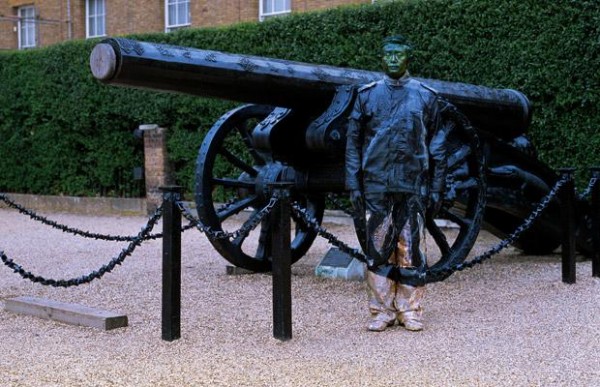
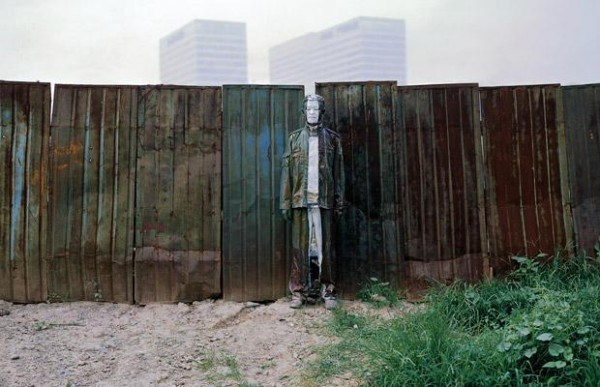
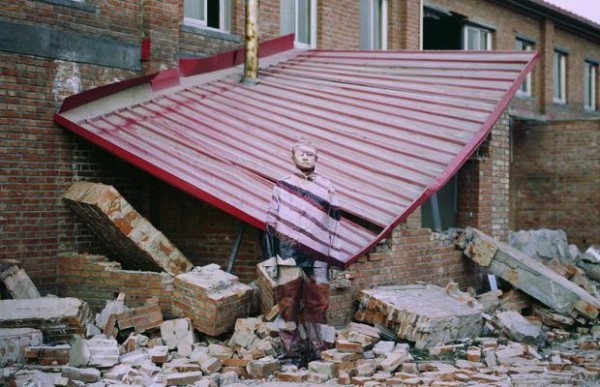
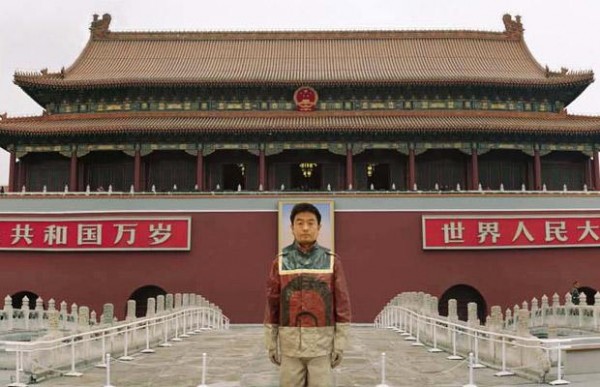
The 36-year-old Liu Bolin paints on himself to blend into his surroundings. Liu poses and works for up to 10 hours at a time on a single photo. Sometimes passerbys don’t even realize he is there until he moves.
Liu sees his work as a silent protest against the Government’s persecution of artists. The Chinese authorities shut down his studio in 2005.
Tuesday, September 22, 2009
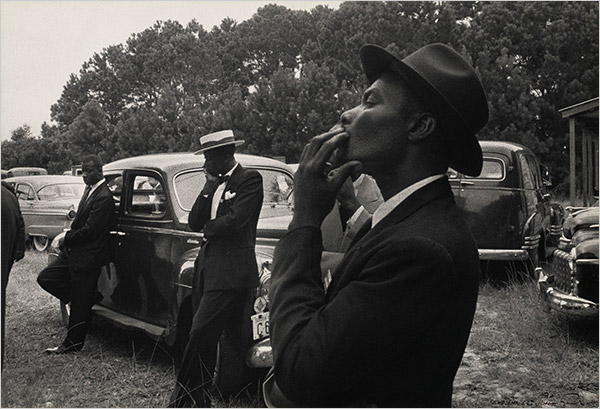
Funeral—St. Helena, South Carolina, 1955
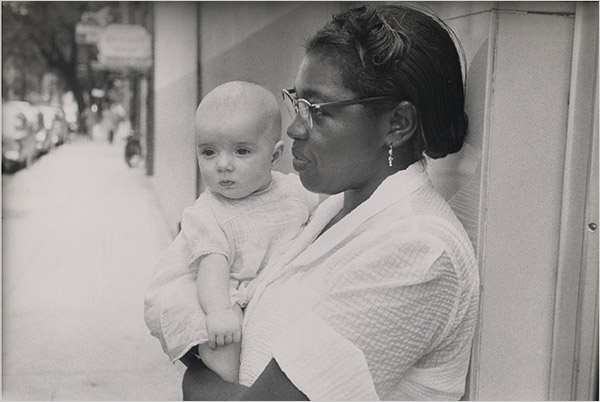
Charleston, South Carolina, 1955
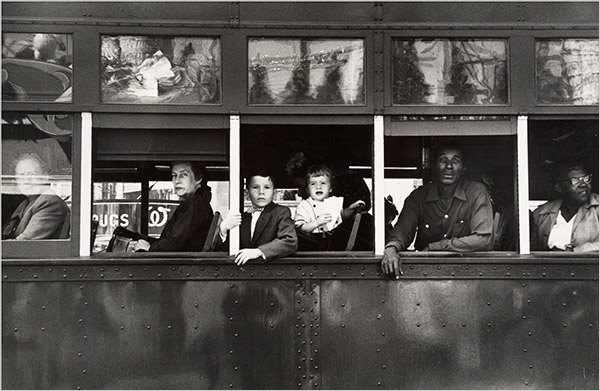
Trolley—New Orleans, 1955
“It is always the instantaneous reaction to oneself that produces a photograph.” —Robert Frank
Looking In: Robert Frank’s The Americans
The Metropolitan Museum of Art
September 22, 2009—January 3, 2010
Saturday, September 12, 2009

Cheeks ballooning, monks force sirenlike blasts from silver trumpets as they clear the way for their king.
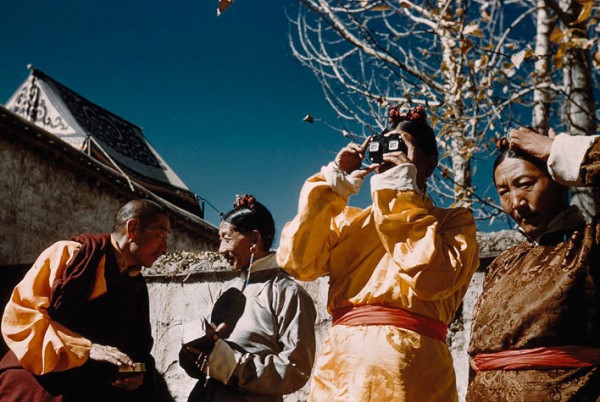
Top Tibetan officials marvel at a souvenir from America. A finance secretary peers through a slide viewer, memento of a Tibetan trade delegation’s mission to the United States in 1948.
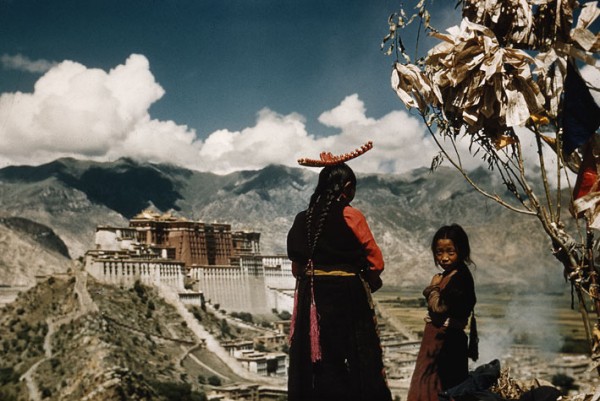
Mother and child pray on Chagpori’s crest, a pilgrim shrine.
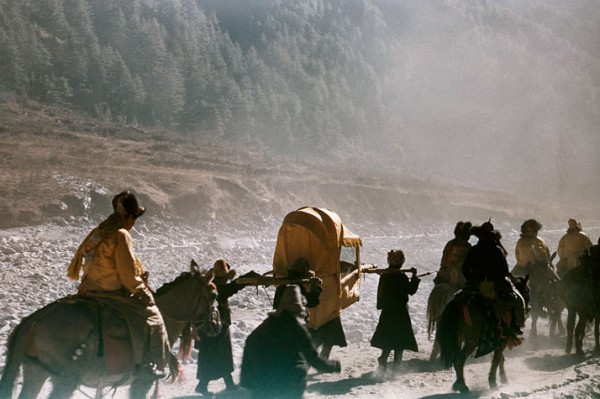
Clouds of dust and incense veil the Dalai Lama’s flight to safety. When China’s troops entered Tibet in 1950, the Living Buddha fled to the Sikkim border. Here in a sedan chair, he rides between rows of stones designed to ward off demons.
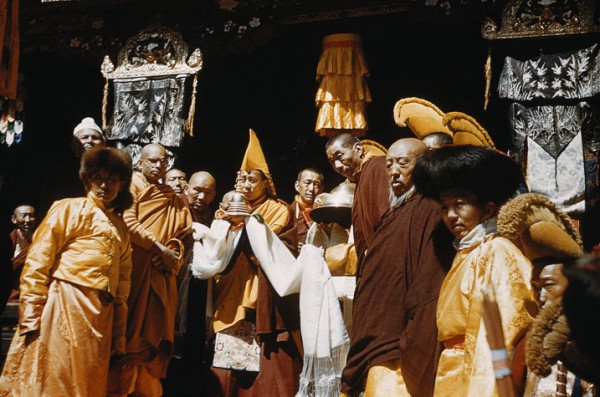
In sublime reverence, the Dalai Lama cradles his faith’s holiest relic. When this young man was two years old, mysterious signs revealed him as the incarnation of Tibet’s patron god, Chanrezi, and the previous 13 Dalai Lamas. Here at Dungkhar Monastery he receives a gold-encased bone which Tibetans believe to be that of Gautama Buddha, who founded the religion on which Lamaism is based.
My Life in Forbidden Lhasa by Heinrich Harrer, National Geographic

Limestone fountain spout.
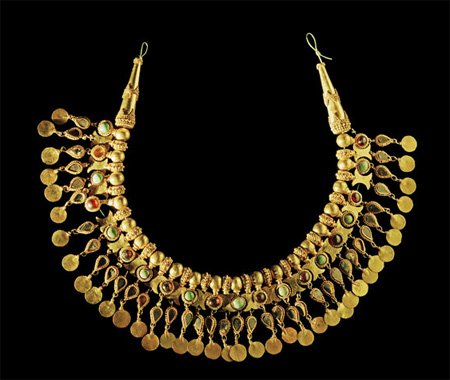
Gold necklace set with turquoise, garnet, and pyrite.

Folding gold crown. Could be laid flat and packed in a saddlebag when the tribe moved from place to place.
Omara Khan Massoudi knows how to keep a secret. Massoudi is director of the National Museum of Afghanistan in Kabul. Like the French citizens during World War II who hid works of art in the countryside to prevent them from falling into Nazi hands, Massoudi and a few trusted tahilwidars—key holders—secretly packed away Afghanistan’s ancient treasures when they saw their country descend into an earthly hell.
First came the Soviet invasion in 1979, followed about ten years later by a furious civil war that reduced much of Kabul to ruins. As Afghan warlords battled for control of the city, fighters pillaged the national museum, selling the choicest artifacts on the black market and using museum records to kindle campfires. In 1994 the building was shelled, destroying its roof and top floor. The final assault came in 2001, when teams of hammer-wielding Taliban zealots came to smash works of art they deemed idolatrous.
Afghanistan’s Hidden Treasures, National Geographic
Afghanistan: Hidden Treasures from the National Museum, Kabul
The Metropolitan Museum of Art
June 23—September 20, 2009


Purely to survive, Song Dong’s parents adhered to the Cultural Revolutionary dictum of frugality in daily life, with his mother carrying conservation to extravagant lengths.
The Collected Ingredients of a Beijing Life, New York Times
Waste Not
MoMA
June 24—September 7, 2009






























